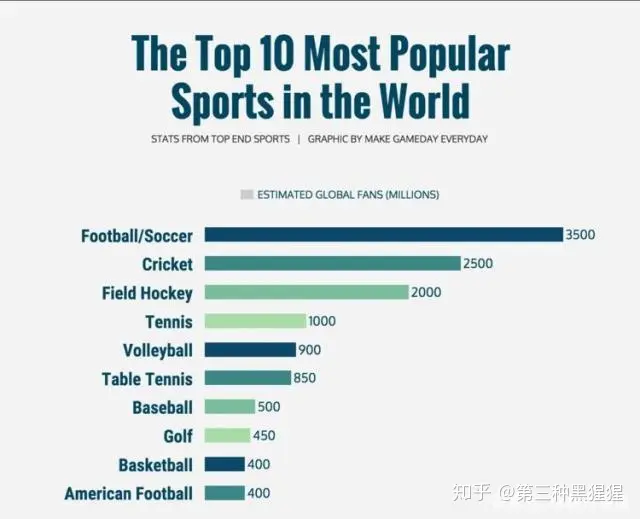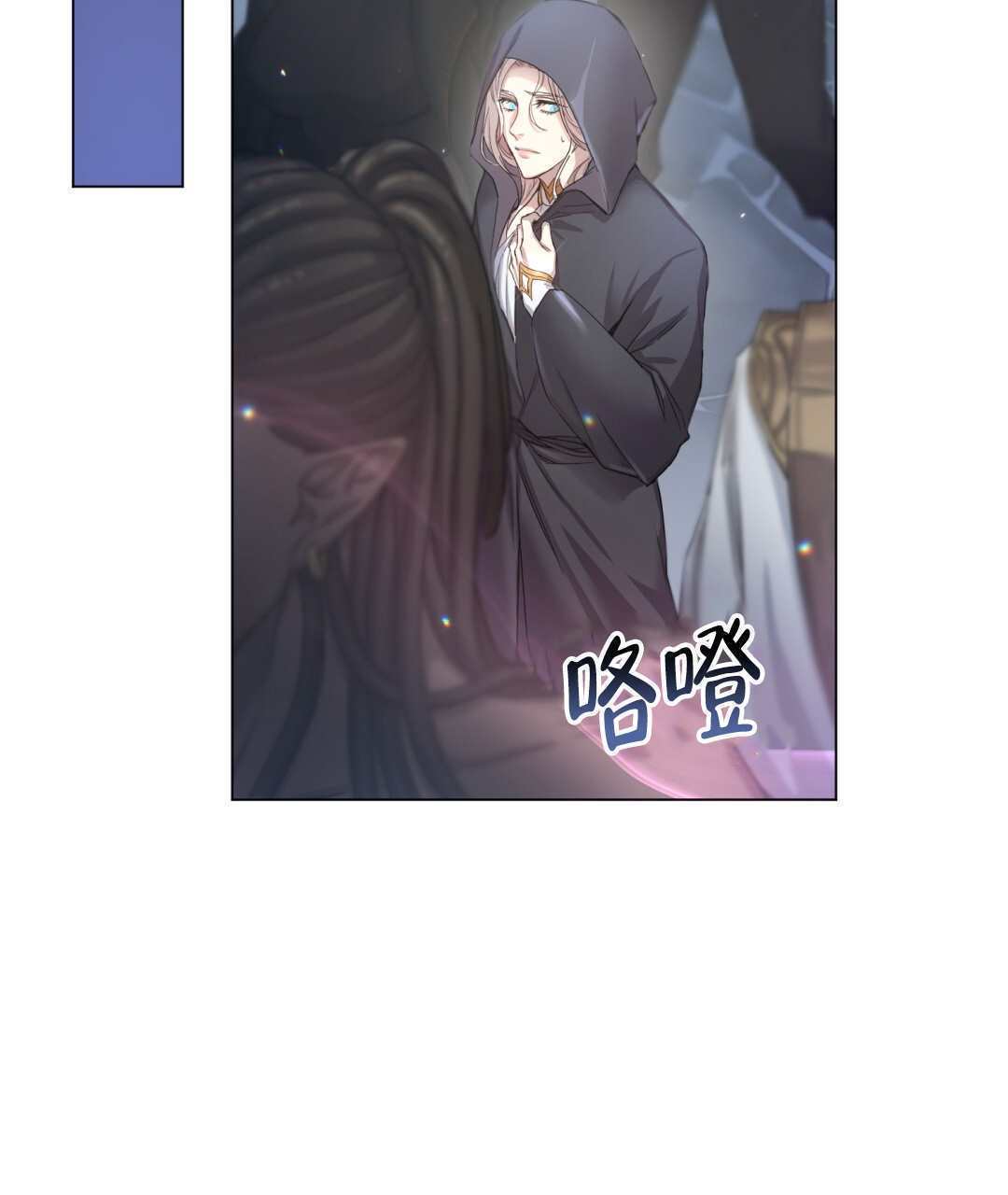冠词分类、位置、用法技巧及固定句式
想了解更多精彩内容,快来关注点滴great

冠词是虚词,本身不能单独使用,也没有词义,它用在名词的前面,帮助指明名词的含义。冠词可以说是名词的一种标志,它不能离开名词而独立存在。表示的主语数量或者特征。
冠词分为不定冠词"a,an"、定冠词"the"和零冠词三种,
零冠词指的是不用冠词的情况。
不定冠词表示泛指,定冠词表示特指。
一、不定冠词用法
不定冠词有"a和an"两种形式。"a"用在以辅音开头的词前,"an"用在以元音开头的词前。判断一个词是以元音开头还是以辅音开头,是根据读音而不是根据字母。
1.用于可数名词的单数形式前,表示"一" There is a tiger in the zoo.
2.表示一类人和东西 A tiger can be dangerous.
3.表示"某一个"的意思 A gentleman wants to see you.
4.表示"同一"的意思 They are nearly of an age. The two shirts are much of a size.
5.表示"每一"的意思 We go swimming four times a week.
6.用在作表语的单数可数名词前,表示身份、职业 My mother is a teacher.
7.第一次提到的人或事物,但不特别指明是哪一个
Long long ago there was an old king who had a very beautiful daughter.
8.在such a,quite a句式中 He is quite a good actor. Dont be in such a hurry.
9.在感叹句 what...的句式中 What a pretty girl she is!
10.用在某些表示数量的词组中:
a lot of / a couple of / a great many / a dozen也可以用 one dozen/ a great deal of
二、定冠词用法
1.特指某(些)人或某(些)物,这是定冠词的基本用法。 Beijing is the capital of China.
2.指谈话双方都知道的人或事物。 Open the window please.
3.指上文已经提到的人或事物。(第一次提到用“a或an”,以后再次提到用“the”)
There was a chair by the window. On the chair sat a young woman with a baby in her arms.
4.指世界上独一无二的事物。 the sun 太阳 the moon 月亮 the earth 地球 the sky 天空 the world 世界
5.用在序数词、形容词最高级前。
The first truck is carrying a few baskets.第一辆卡车装运一些筐。
表示两者间“较……的一个”时用定冠词 The older of the two noblemen took a light.
冠词用法第2 页共 5页
He is the taller of the two boys.
6.用在由普通名词构成的专有名词前。
the Great wall长城,the Summer Palace颐和园,
the People’s Farm人民农场,the Science Museum科学馆
7. the加单数可数名词可以表示一类人或事物 The horse is a useful animal.马是一种有用的动物。
注意:像这类句子还有如下两种写法 A horse is a useful animal. Horses are useful animals.
8.用在某些形容词前,表示某一类人。
the rich富人 the poor穷人 the sick病人 the old老人, the young年轻人 the blind盲人 the dead死人
9.用在姓氏复数形式前,表示“全家人”或“夫妇俩”。 The Turners are going home on a train.
10.用在方位词前。
on the left/right在左/右边in the east/west/north/south在东/西/北/南方 at the back/front of在……的后/前面
11.表示演奏乐器时,乐器的前面要加the
play the piano 弹钢琴 play the violin 拉小提琴*中国乐器名词前不与冠词连用:play erhu(二胡)] the+n{发明物}必须是单数 who invented the telephone?
12.用在表示海洋、河流、山脉、群岛及国家和党派名词前。
the East China Sea 东海 the Huai River 淮河the Jinggang Mountains 井冈山 the United States of American 美国 the working class 工人阶级 the Chinese Communist Party 中国共产党
13.在句型“动词+sb.+介词+the+身体某一部位”中要用 the,而不用人称代词。
take sb. by the arm 抓住某人的手臂 hit sb. in the face 打某人的脸 be red in the face 脸红be lame in the right leg 右腿瘸等结构中,名词前要用the
14.表示方向、方位用在表示计量的名词前{度量衡}
by the ton/pound/yard/metre/kilo 注意by后面接上表示面积体积重量长 高短 深时中间不加冠词如by volume/weight/length/width/depth
15.用在the very强调句中This is the very book I want.
16.与复数名词连用,指整个群体。例如:
They are the teachers of this school.(指全体教师) They are teachers of this school.(指部分教师)
17.用在某些固定词组中。
all the same 仍然all the time 一直all the year round 一年到头at the age of 在……岁时at the beginning of 起初;开始at the end of 在……的尽头/末尾 at the entrance of 在……门口at the foot of 在……脚下 at the head of 在……的前面at the moment 此刻 at the same time 同时by the side of 在……附近
三、冠词固定句式
by the time 到时候by the way 顺便说catch the post 赶上邮班do the shopping/washing 买东西/洗衣服 give...the message 捎口信给……go to the classroom 去教室 in the end 最后;终于in the hat 戴帽子的
in the middle of the day 中午in the morning/afternoon / evening 在上午/下午/晚上 in the open air 在户外;在野外jump the queue 不按次序排队 lead the way to 引路;指路look the same 看起来很像 on the earth 在地球上tell the truth 说实话
the day after tomorrow 后天the day before yesterday 前天 the high jump 跳高the long jump 跳远 the next day 第二天the next year下一年 the people 人民the starting line起跑线
四、不用冠词的情况
1.在专有名词和不可数名词前。
I’m going to England next week for a holiday.下周我将要去英国度假。
2.可数名词前已有作定语的物主代词my, your, his, her等;指示代词this/ these, that/those;不定代词some, any等及所有格限制时。 The letter is in her pocket.
3.复数名词表示一类人或事物时。
My father and mother are teachers.我的父亲和母亲是教师。
4.在星期、月份、季节、节日前。
The best time to come to China is in spring or autumn.到中国来的最好时间是春季或秋季。 Today is Thursday, September 10th, Teacher’s Day.
[注意]如果月份、季节等被一个限定性定语修饰,则要加定冠词。 He joined the Army in the spring of 1982.我国的节日前用定冠词 the Spring Festival春节
he Mid-Autumn Festival中秋节
5.在称呼语或表示头衔的名词前。 Happy Teachers’ Day, Miss Zhao! Here it is, Mom!
6.在学科名称、三餐饭和球类运动名称前。
I think Chinese is more popular than any other subject.我认为汉语比其它学科更普及。 Can you play basketball?你会打篮球吗?We are going to play football.我们去踢足球。[注意]I can see a football.(指足球,并非“球类运动”) Where’s the football?
7.某些固定词组中不用冠词。
与by连用的交通工具名称前
by bus, by car, by bike, by train, by air/plane, by sea/ship
名词词组
day and night, brother and sister, hour after hour, here and there
介词词组
at home在家in surprise惊奇地 at noon在中午on foot步行 at night在晚上on duty值日 at work在工作on time准时 for example例如on business经商 in school在上学
on holiday在度假 in class在上课on show展览 in hospital在住院on top of在……顶部 in bed在床上
go短语
go home回家go to bed上床睡觉 go to school去上学go to work去上班 go shopping/swimming/boating/fishing去买东西/游泳/划船/钓鱼
五、介词短语与冠词
1、当下列名词指其“主要目的”,即与其相关在行为时,要用零冠词。
at table 在进餐 at the table 在桌子旁边 at desk 在读书 at the desk 在课桌旁 at school 在上学 at the school 在学校里 in class 在上课 in the class 在班级里面 in bed 卧床 in the bed 在床上
in prison 坐牢 in the prison (因事)在监狱 in hospital 住院 in the hospital (因事)在医院 go to school 去上学 go to the school (因事)去学校 go to bed 上床睡觉 go to the bed 在床上
go to hospital 去看病 go to the hospital 去医院 take place 发生 take the place 代替 in place of 代替 in the place of 在...的地方 in case of 万一 in the case of 就...来说 out of question 毫无疑问 out of the question 完全不可能
六、通常使用不定冠词的短语
after a while 过了一会儿all of a sudden 突然as a rule 通常as a result 结果,因此 as a matter of fact 事实上as a whole 大体上at a loss 不知所措in a hurry 急忙
in a way 在某种程度上in a word 总而言之It’s a pity that…令人遗憾的是… put an end to…结束…come to an end 结束come to a conclusion 得出结论 have a good time 玩得愉快have a rest 休息一下have a cold 感冒
have a word with 和…谈一谈keep an eye for 对…有鉴赏力make a living 谋生make a fire 生火make a fool of 愚弄take a walk 散步
七、冠词位置
1)不定冠词位置
不定冠词常位于名词或名词修饰语前。注意:
a.位于下列形容词之后: such,what,many,half, I have never seen such an animal. Many a man is fit for the job.
b.当名词前的形容词被副词as, so, too, how, however, enough修饰时,不定冠词应放在形容词之后:It is as pleasant a day as I have ever spent. So short a time. Too long a distance.
c. quite,rather与单数名词连用,冠词放在其后。
但当rather,quite 前仍有形容词,不定冠词放其前后均可。如:quite a lot
d.在as,though 引导的让步状语从句中,当标语为形容词修饰的名词时,不定冠词放形容词后:Brave a man though he is,he trembles at the sight of snakes.他尽管勇敢,可见到蛇还是发抖。
当名词被比较级形容词修饰时,不定冠词通常置于比较级形容词之后。
2)定冠词位置
冠词与形容词+名词结构
1)两个形容词都有冠词,表示两个不同东西。
He raises a black and a white cat.他养了一只黑猫和一只白猫。 The black and the white cats are hers.这只黑猫和白猫都是他的。
2)如后一个形容词无冠词,则指一物。
He raises a black and white cat.他养了一只花猫。
八、冠词的使用错误
大家除了掌握使用冠词的基本规则外,还应不拘泥于规则,注意冠词的活用:
1.表示世界上独一无二的事物的名词前一般加定冠词the;但如果名词前有修饰语,也可能用不定冠词a, an。
the world, a peaceful world the moon, a bright moon
2.表示一日三餐的名词前面一般不用冠词,但前面如果有了定语修饰,也可能用不定冠词a, an。
Have you had supper?
We had a wonderful supper.
3.表示乐器的名词前一般用定冠词the,但前面如果出现定语修饰,也可能用不定冠词a, an。
He starts his day by playing the violin. He is playing a borrowed violin.
4.介词与表示交通工具的名词连用表示笼统的方式,前面一般不用冠词,但如果名词的前面出现了修饰语,前面需加冠词。 He went to the station by car.
He went to the station in a black car.
5.表示语言的名词前一般不用冠词,但后面如果出现language一词,前面需加定冠词the。 English=the English language French=the French language
6. turn用作系动词时,后面作表语的单数名词前不用冠词。
He turned writer many years later.(=He became a writer many years later.)













